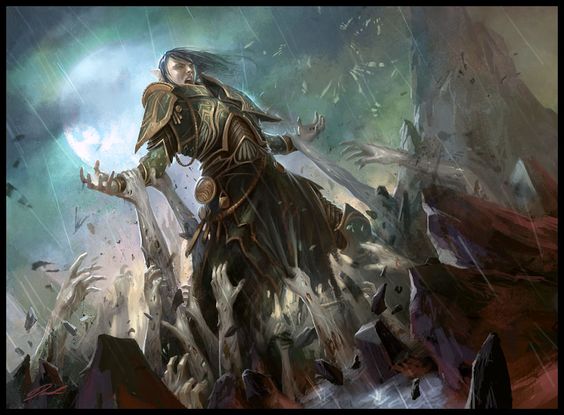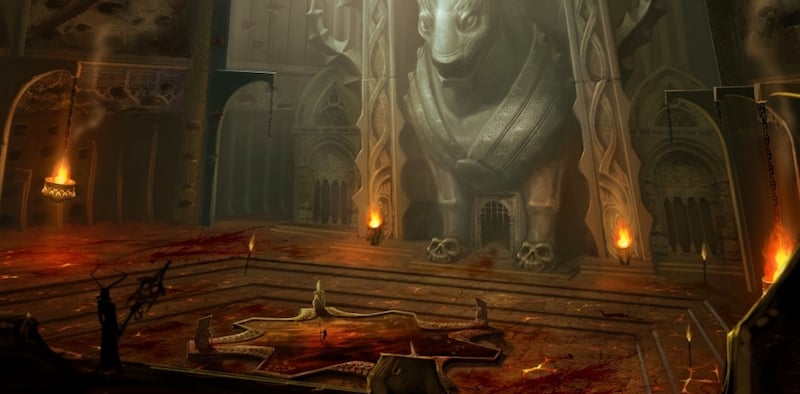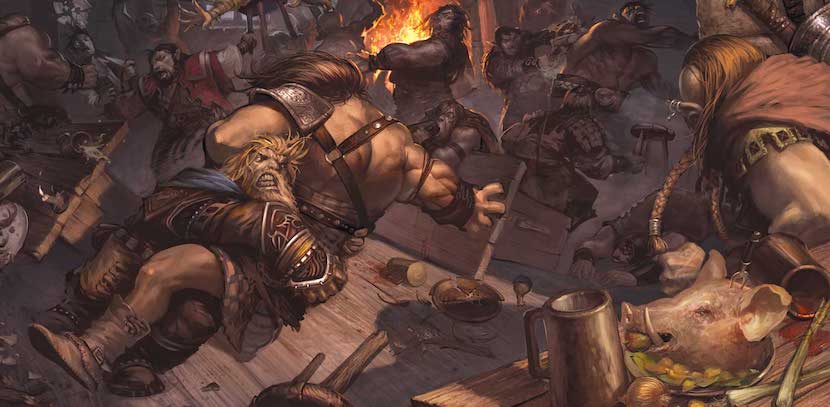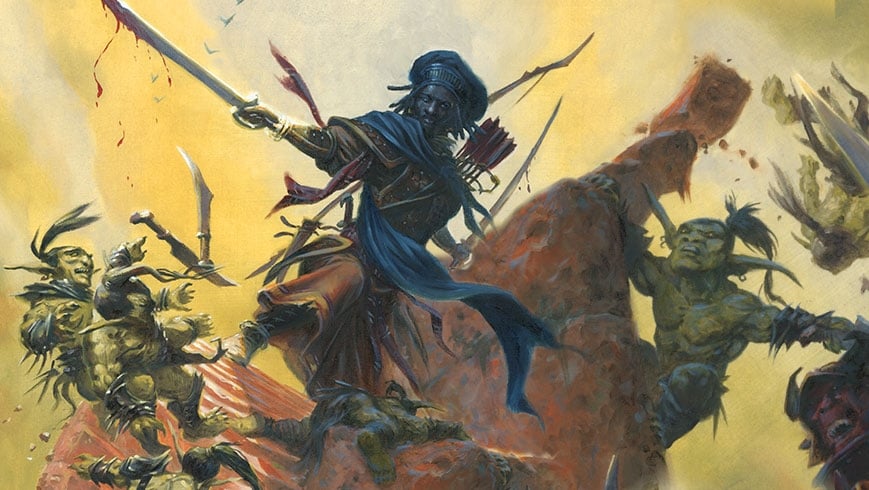D&D: Experience the Three Pillars of Experience


This month’s Unearthed Arcana outlines 3 Pillars of Experience and an alternate system for leveling up.
Unearthed Arcana cuts deep this month, diving into the very backbone of the game. We’ve seen them mess around with things like Initiative before–and now they’re tackling experience itself with an alternate take on leveling up. Instead of the usual XP awards handed out for combat encounters/quest rewards, or for milestones, they present an XP chart that’s based around the Three Pillars of D&D: Exploration, Social Interaction, and Combat.
There was once a fourth pillar…but we don’t talk about it.
Here’s a brief overview of the system before we dive in deep: characters level up in increments of 100xp, earning 10xp (each) per significant encounter, with extra XP awarded if the encounter is particularly difficult, and the awards halved if the encounter is easier (or none at all if it’s trivial). Combat awards are based on the monster’s challenge level versus your party’s level, while Exploration and Social interactions are given out dependent on the tier of play the characters currently inhabit (there are four all in all, 1-5, 6-10, 11-16, 17-20).
By breaking down encounters this way, they provide you with a few basic guidelines for awarding XP and encouraging players to hit the other two pillars of play. Combat, after all, is one of the more balanced systems in the game–but when it comes to awarding experience points for the other pillars of play, it tends to be a little more seat-of-the-pants style. And while I personally prefer the milestone system, that comes with its own limitations. After all, if you only level up for completing milestones, the incentive becomes “move the story along as fast as I can.” All that assumes that your players are motivated by leveling up–your mileage may vary, of course–but in general chasing down the plot to get the next milestone might narrow the focus that might otherwise have gone to exploring the world.
I want to help all of you…but I don’t have time for sidequests, I only gain incremental power for actually advancing the story. Sorry everyone.
And exploration is very much the big theme of WoTC’s next big release for D&D, the Tomb of Annihilation. So I’m excited to see them offering up some guidelines to explore (aheh) that avenue of gameplay. It’s one of my favorite things to do as a player. There’s nothing quite like the thrill of discovering something about the world to draw me in. It’s a hard thing to accomplish as a gm, but if you can swing it, it opens up the game world. All this to say: this is an idea worth experimenting with. Even if it doesn’t work for your group in particular, having guidelines can help cement those other pillars of the game.
via Wizards of the Coast
Exploration
As mentioned above, there are three pillars of play, and exploration is one of them. This section of the article gives you some guidelines for what constitutes an exploration encounter: discovering a location of importance that scales based on your tear. Low-level heroes are rewarded for finding forgotten locations and sites of power that matter to a small town or village, while higher tiers of play encourage world or even cosmic-scale importance.
There’s also a system in place to award XP for finding magic items or other treasure, again, scaled by tier. Both of these are great “guidelines” to follow when designing exploration encounters. A big part of that style of play is rewarding players for investigating the world you’ve built for them. You can find more information on how to design exploration encounters in the DMG (and hopefully even more in the upcoming Xanathar’s Guide to Everything), but it’s a good jumping off point.
Social Interaction
This one’s interesting. Social Interaction–in this article–exclusively boils down to turning an important NPC into an ally. Which is certainly one aspect of it–but I’d say just as important is humiliating a rival at court, or being able to hold your own against a trickster type devil who’s trying to get the better of you in the bargain. This is the other half of the “roleplaying” award, which I guess necessitates it being somewhat nebulous. And props to them for finding something noncombat based to center around (after all, humiliating a rival is a kind of conflict, but making friends with the king isn’t). Still of all the places that need a little help–I think the Interaction portions of the game could use a little more guidance. Right? I mean it’s right there in the R of RPG, and it’s the reason people have been tuning in to shows like Critical Role, or Acquisitions Incorporated–both popular streams.
Again, the Milestone system is an excellent way to help mediate this–these are some helpful other options though.
Combat
This one is not much different from the traditional system. You earn a fixed amount of XP based on how difficult the monster is to fight, only it’s in increments of 5, 10, or 15, depending.
All in all, these are some interesting guidelines–and ones that make me excited to see how they’d look with a little refinement. The game could benefit with a slight shift in focus–killing monsters is never going to go away–that’s an important part of the game. But having the option to say to fledgling DMs, hey, here are some easy guidelines to start putting stuff together might help ease them into the nebulous “DMing as art” kind of area that everyone eventually stumbles into. What I’d really like to see WoTC work out is some kind of guideline for non-experience rewards and how to space them out during play. Sure there’s the treasure tables, etc. But again, going back to that art vs. science, not all treasure is created equal. +2 armor doesn’t really stack against a carpet of flying–and getting an idea of the kinds of rewards that (like XP) encourage exploration can help you figure out the pace of the game. And that’s what it all comes down to–finding a clip at which the game moves that’s satisfying to you and your players.
If you’re looking for a place to start, though, these pillars are a great place to begin.
Check out the Three Pillars of Experience
Happy adventuring!










